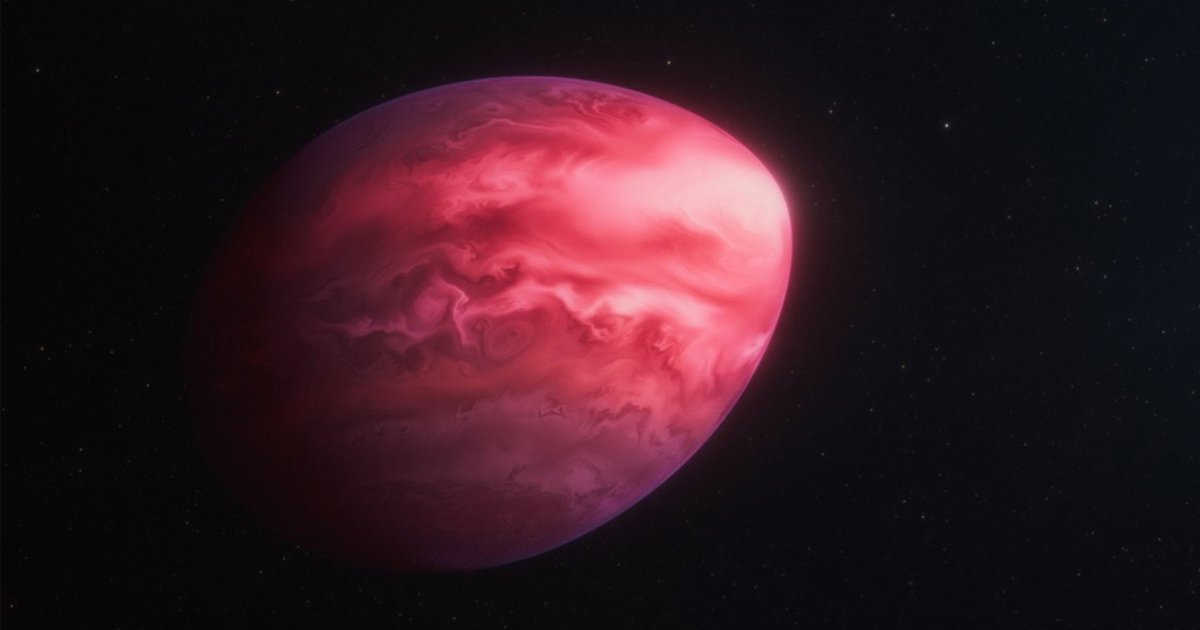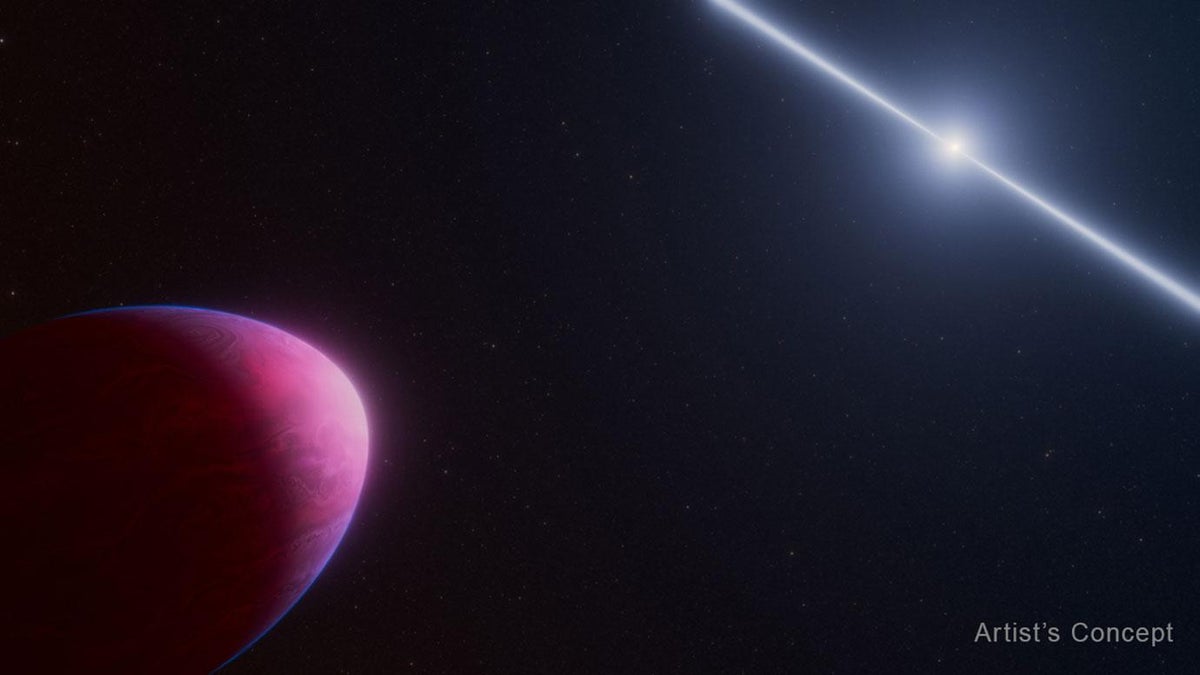#exoplanet
#exoplanet
[ follow ]
#james-webb-space-telescope #pulsar #k2-18b #tidal-deformation #black-widow-system #helium-carbon-atmosphere
Science
fromIrish Independent
4 months agoHow University of Galway researchers helped to discover new 'gas giant' planet similar in size to Jupiter
A roughly 5-million-year-old, Jupiter-sized gas giant named WISPIT 2b was directly imaged forming around a Sun-like young star within a multi-ringed dust disk.
[ Load more ]


